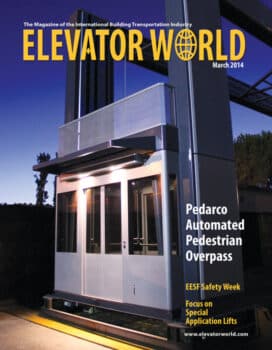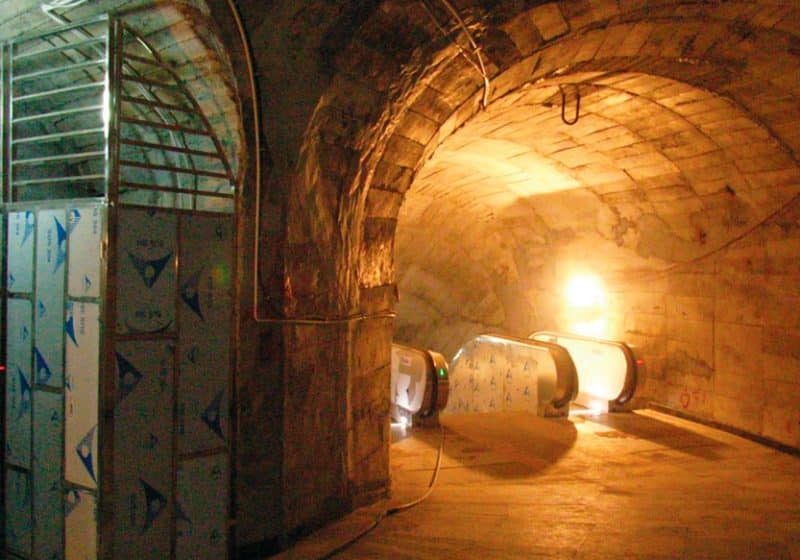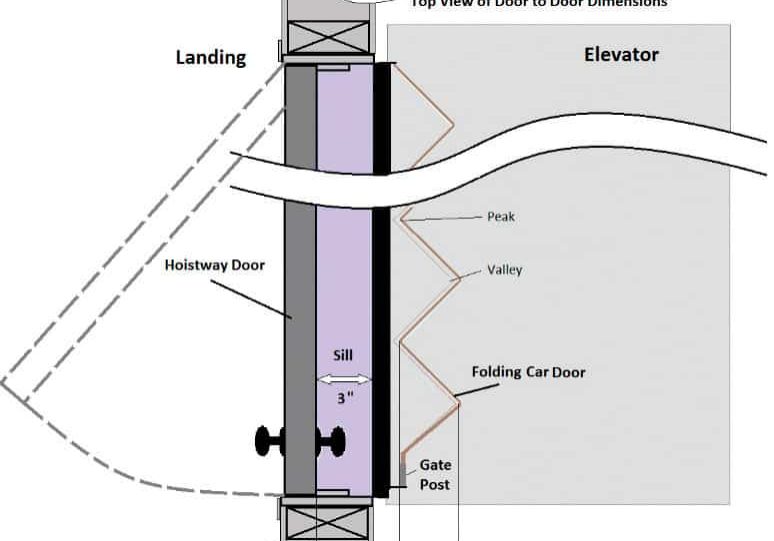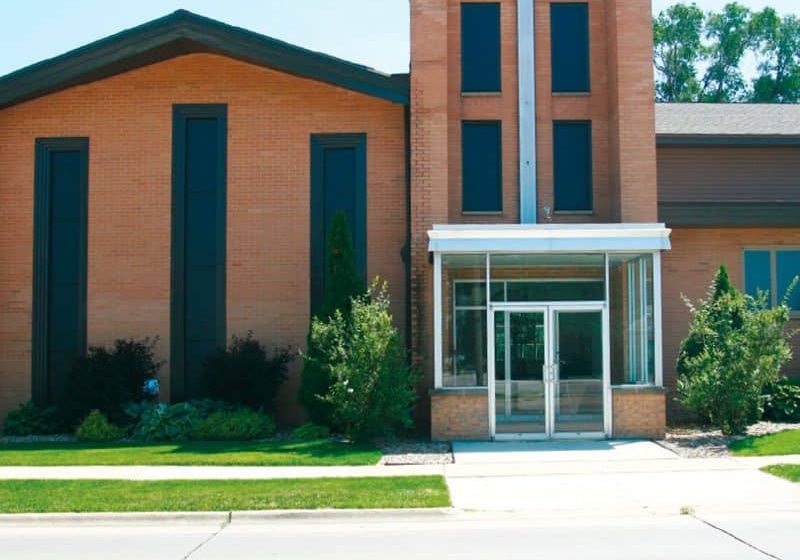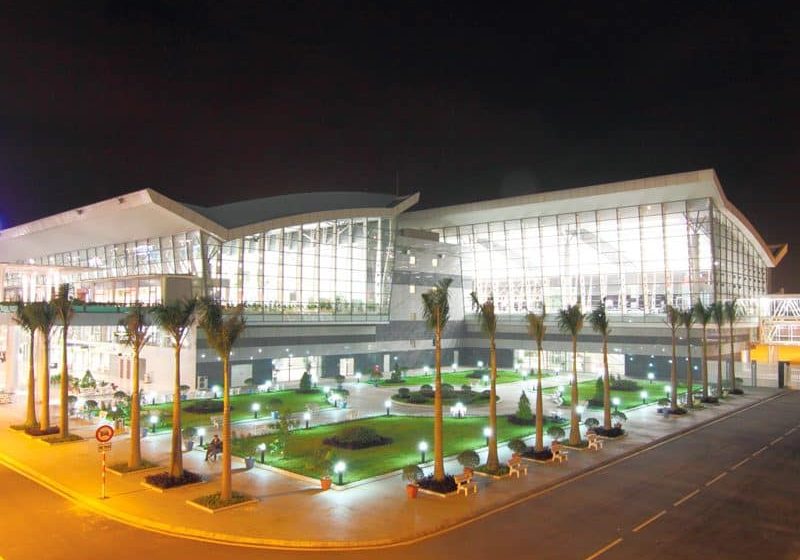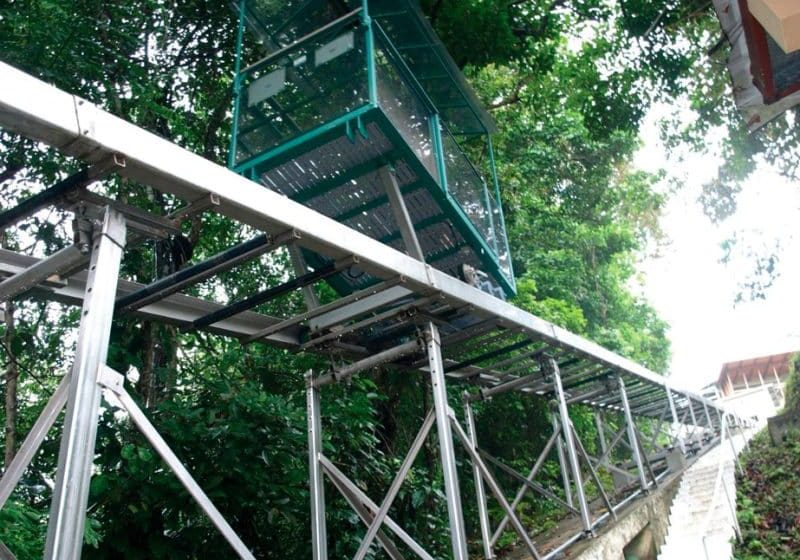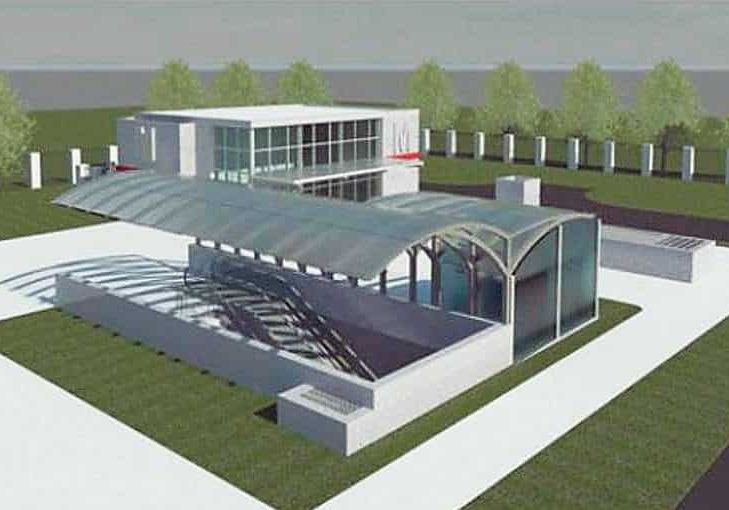Eye on the Future
Mar 1, 2014
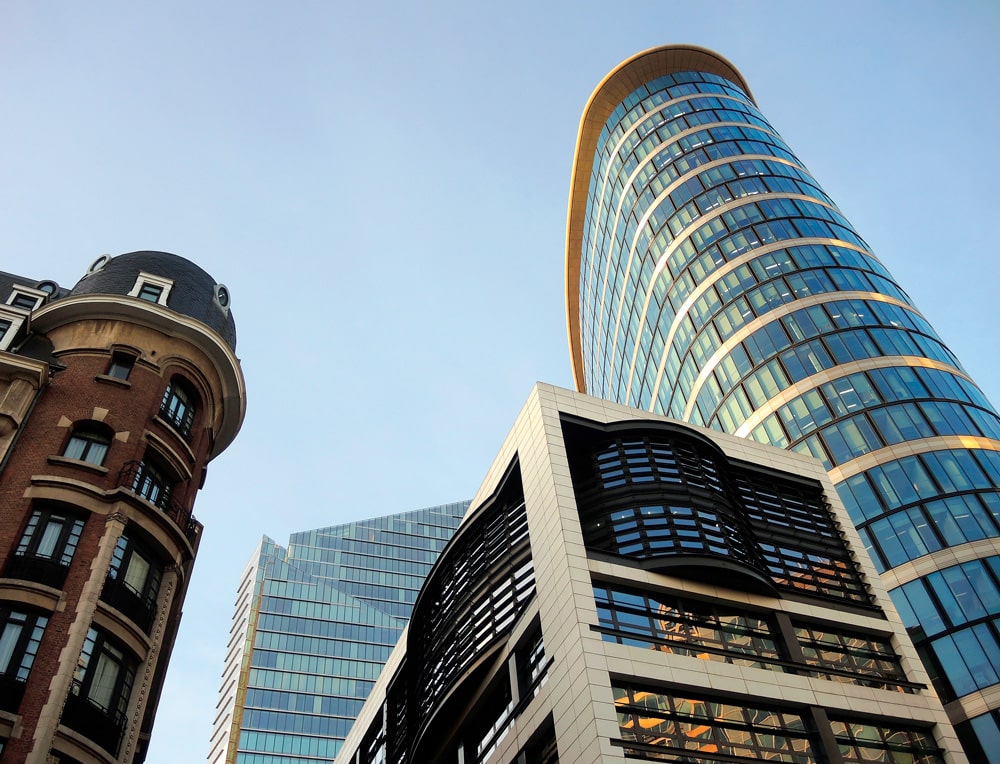
A discussion with Jean-Pierre Jacobs, new secretary general of ELA/EEA
Industry veteran, photographer and author John Gale (JG) recently met with Jean-Pierre Jacobs (JPJ), new secretary general of the European Lift Association and European Elevator Association (ELA/EEA), in Brussels. Their discussion centered around issues facing the European market, as well as the many international initiatives nearing completion or at significant stages in their lifecycles. History-rich Brussels remains one of the world’s key lobbying hubs. Against this backdrop, Jacobs provides insight on what the future might hold for the association during what is being called a “new era.” … Editor
JG: As a new face in the industry, where will you start?
JPJ: Everyone can rest assured I will pursue the best interests for our members, and, if possible, the whole lift and escalator sector. We face economic restrictions and challenging times. So, as we go forward, it is crucial we do not waste money and effort. Working both internationally and nationally, I trust that my extensive lobbying and association experience, built over many years, will be a great help to all members and associates working with and within ELA/EEA.
JG: How do you see interaction among various sector associations developing?
JPJ: At ELA, we feel it is important to keep and strengthen the relationships among the many other associations and bodies that are relevant to the industry as a whole. This is obviously a challenge but one that must be pursued if meaningful lobbying is to be achieved. Having a unified voice would be very helpful in realizing constructive lobbying and encouraging real, deliverable action. So, whatever the past situation regarding cooperation, or lack thereof, individual personalities and vested interests, the future voice of the industry must be concentrated, rather than diluted. That will help ensure that the needs of the different industry sectors and the industry’s end users can be effectively reflected and pursued in discussions with outside bodies.
JG: With constructive liaisons in mind, what is the situation with the Global Technical Barrier Free Trade (GTBFT) initiative?
JPJ: For the future, it has been realized that matching the correct body with the code initiative is a delicate task, and a good example of that is the GTBFT initiative. This, after some discussion, is now in the domain of the International Organization for Standardization (ISO), and we hope and trust that the ISO can move quickly toward initiating the needed agreement that has been so long under maturation. Some of the personnel who started the GTBFT initiative have now retired or are no longer with us. Consequently, we agreed that there has to be a concerted effort to move this particular agreement – and, indeed, all the other international codes, standards, recommendations and agreements – forward at a quicker and more effective pace.
JG: Communicating how to safely use machines is an issue of international importance. How do you feel this is working?
JPJ: Obviously, this is a big topic, and our committees and working groups are very conscious of it. For instance, it has been brought to our attention that there is a confusing use of signs and pictograms on escalators and moving walks. This is now in the hands of a working group considering the situation as we move further into 2014.
The problem of how to get people to use the industry’s products safely has still not been solved. Every day, it is all too easy to find members of the public placing themselves in potentially dangerous situations. In Brussels, as in many cities, this is a particular problem during the manic holiday season.
JG: Which institutions do you think will provide training and education for the industry?
JPJ: Industry people furthering their higher education is important. In that regard, Heilbronn and Northampton universities are tremendous assets. Both institutions should be encouraged to continue developing forums and courses for the sector, and 2014 will be a year that will see international events at both of these establishments. We will certainly provide all the support we can. The ELA committees will also look to continue to improve basic industry training programs, from entry level to those for systems designers. ELA has also identified the need to improve the desirability of the sector and raise the overall profile of our industry.
JG: When do you hope to be in a position to fully take up the reins?
JPJ: The 2014 ELA/EEA Annual General Meeting will obviously be of great importance, and by March, a much clearer picture of the associations’ priorities will emerge. By this time, I will have had the chance to meet many more of the movers and shakers within the national associations and many of the executives and representatives from other associations around the world. We have a great team of officers that has ensured that work has continued in the handover period. It was a great help that the Road Map, our president’s initiative, had already been launched.
JG: How is the Road Map being implemented through the European community?
JPJ: The ELA Road Map was introduced in 2013 by [ELA President] Philippe Lamalle at gatherings across Europe. It will be important to see, following these briefings, how the initiative is being implemented, publicized and acted upon. Certainly, many lift installation and service companies are not members of any association, but operate by being subcontracted to work on larger projects. This situation certainly is a challenge for all European lift associations, and maybe international ones, too, as this unaffiliated lift workforce now operates with a global perspective.
The vision of the Road Map is now well documented and can be seen on the ELA website, www.ela-aisbl.eu. It is a comprehensive initiative that sets the direction ELA intends to follow up to 2016. We certainly realize the task is daunting, but the ambition is there, and, with the help and goodwill of those in the industry, we can all make a difference. Major focus areas include:
- Safety
- Accessibility
- Energy efficiency and sustainable development
- Global harmonization
- Attractiveness of the industry to both users and young professionals
The objective of ELA is threefold: to be recognized by the European authorities as the representative association and voice of the lift and escalator industry in Europe; to be a major partner of authorities, the industry and society on the Road Map’s focus areas; and to be recognized by members, associations and companies as a high-value contributor.
We will showcase the Road Map at the ELA/EEA 2014 General Assembly in the Netherlands, and I will be addressing many of the initiative topics there. As the new secretary general, I have a tremendous amount of fact finding and placing faces to positions before the meeting, and I hope the trade press will be helpful in that regard. It is crucial that independent reporting of industry events be maintained if we are to sustain a credible, unbiased flow of information. The industry should project its voice to the larger audience of owners and users. When and how that will be done is a topic for the future, but it is something ELA/EEA must promote.
Get more of Elevator World. Sign up for our free e-newsletter.

